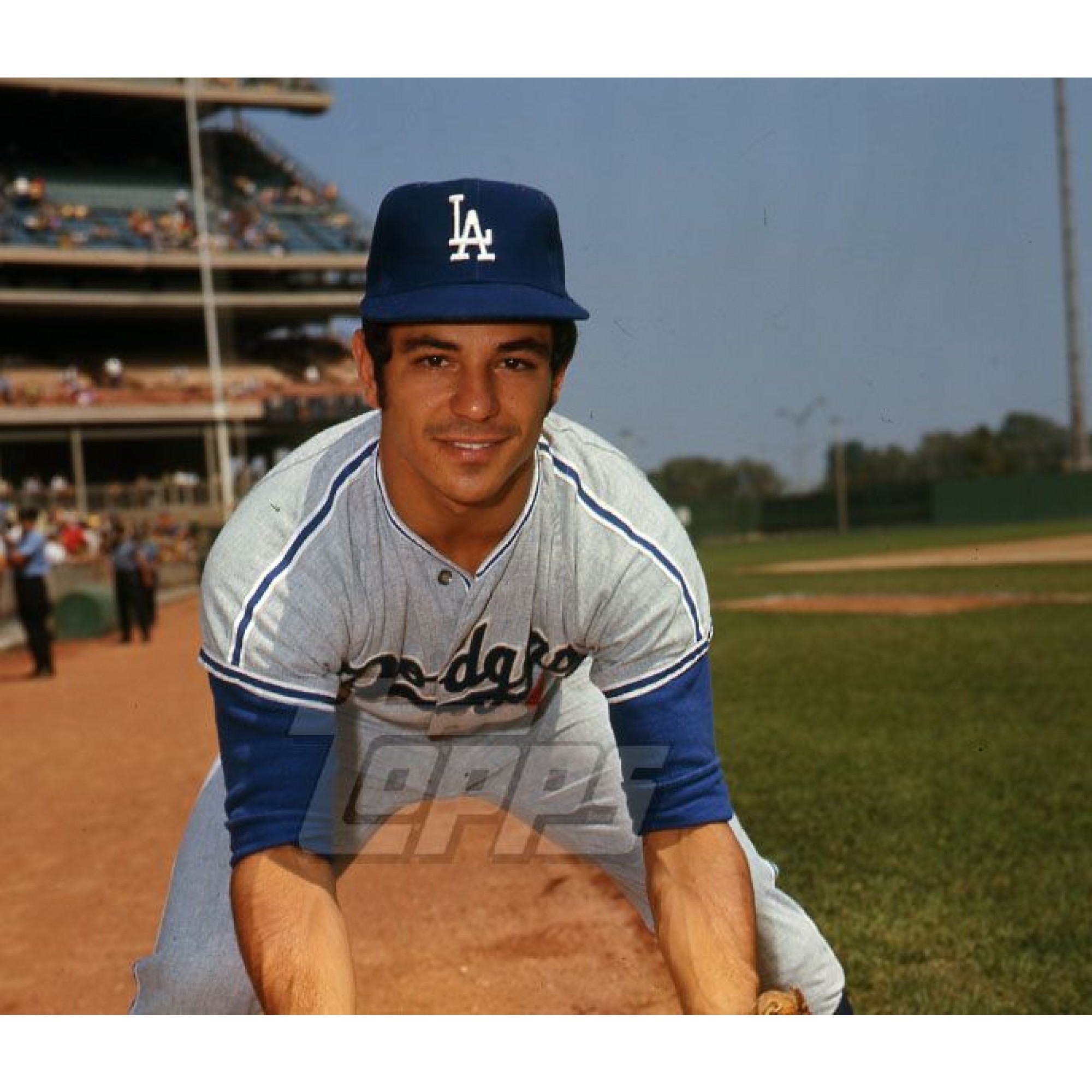0.1
Bobby Valentine became the Dodgers’ first-round draft choice in 1968. His athletic range was matched only by his relentless enthusiasm and inability to dial down his high octane personality. His rookie league manager (a baseball lifer named Tommy Lasorda) described him as “insufferable, but in a good way.”[i] Valentine could be a future team captain, said Al Campanis,[ii] the Dodgers general manger who had once discovered Sandy Koufax. He hit his way through the Dodger organization with breakneck speed, the only speed he knew, inspiring the big league club to call him up during the 1969 season.
Then he was forced to slow down for the first time in his life by Walter Alston, human speed bump. Alston had managed the Dodgers since they called Flatbush home and he had no appreciation for the anxious. Each year the Dodgers’ parsimonious O’Malley ownership offered Alston a one-year contract. Each year Alston accepted with Spartan stoicism. If the manager could wait for job security, so could this brash youngster. A wiser man might have shown deference to the old man. Mr. Baseball openly lobbied for Tommy Lasorda to take Alston’s place.[iii]
A wiser man also wouldn’t have risked his career by dabbling in football in the offseason. Valentine sustained a knee injury during an intramural game at Arizona State following the 1971 season.[iv] The blow limited his range at shortstop, so he spent some time in the outfield in 1972 and batted a respectable .274 in 112 games. The Dodgers had hoped for more than respectability out of him, however, and continued clashes with Alston all but forced the Dodgers to trade him to the Angels at year’s end.
On May 17, 1973, while patrolling center field at Anaheim Stadium, Valentine pursued a long fly—at full speed, naturally. As the ball sailed over the fence, Valentine crashed into it. Valentine collided with the outfield wall and caught his spikes in a chain link fence. The speed of the pursuit, combined with the unfortunate placement of his cleats, snapped his right leg in two places. He looked up after his crash to see bone poking through the skin.
This compound fracture would have been a brutal injury from which to recover even if correctly treated. Valentine’s break was set improperly and caused his right leg to heal slightly shorter than the left, the source of chronic back pain forever after. Once his legs had powered him to break state rushing records. Now they were ungainly and unsure of themselves. He rushed to work his way back to the field but these new legs betrayed him. He would hit a sure single and trip on his way to first base. [v]
Valentine’s days as an everyday major league player were over. Through sheer guile he scraped by for another six seasons as a utility man before hanging up his spikes at the ripe old age of 29. Then he returned to Stamford to open a sports bar that bore his name. The pied à terres for the Wall Street crowd were north of noisy, smog-choked corridor I-95, but Valentine opened his bar south of the interstate where the town remained a little grungy and his name could still bring in crowds for weekday lunches and weekend games. These crowds would greet him as Mr. Baseball, forever and ever. [vi]
On the walls of his bar Valentine hung his prized collection of baseball memorabilia. Pictures of Willie, Mickey, and the Duke, autographed game-worn jerseys, bats in glass sarcophagi. Alongside them he hung pictures of the horror of that night in Anaheim strobed one frame at a time. You see him approaching the wall, getting closer with each blink. You can tell he won’t be able to stop himself. His momentum is too great. A terrible finish is in store. And then there’s the break for all the world to see.[vii]
[i] Peter Golenbock, Amazin’: The Miraculous History of New York’s Most Beloved Team (New York: St. Martin’s Press, 2002), 560.
[ii] S.L. Price, “Valentine’s Day,” Sports Illustrated, October 11, 1999, http://www.si.com/vault/1999/10/11/267828/valentines-day-his-legion-of-critics-reveled-in-his-late-season-misery-but-mets-manager-bobby-valentine-playoff-bound-had-the-last-laugh.
[iii] S.L. Price, “Valentine’s Day,” Sports Illustrated, October 11, 1999, http://www.si.com/vault/1999/10/11/267828/valentines-day-his-legion-of-critics-reveled-in-his-late-season-misery-but-mets-manager-bobby-valentine-playoff-bound-had-the-last-laugh.
[iv] Peter Golenbock, Amazin’: The Miraculous History of New York’s Most Beloved Team (New York: St. Martin’s Press, 2002), 560.
[v] S.L. Price, “Valentine’s Day,” Sports Illustrated, October 11, 1999, http://www.si.com/vault/1999/10/11/267828/valentines-day-his-legion-of-critics-reveled-in-his-late-season-misery-but-mets-manager-bobby-valentine-playoff-bound-had-the-last-laugh.
[vi] S.L. Price, “Valentine’s Day,” Sports Illustrated, October 11, 1999, http://www.si.com/vault/1999/10/11/267828/valentines-day-his-legion-of-critics-reveled-in-his-late-season-misery-but-mets-manager-bobby-valentine-playoff-bound-had-the-last-laugh.
[vii] Jack Curry, “Spring Training 1999: Valentine, Grinning and Grimacing in the Glare of the Spotlight,” New York Times, February 15, 1999, http://www.nytimes.com/1999/02/15/sports/baseball–spring–training-1999-valentine–grinning–grimacing–glare–spotlight.html.
